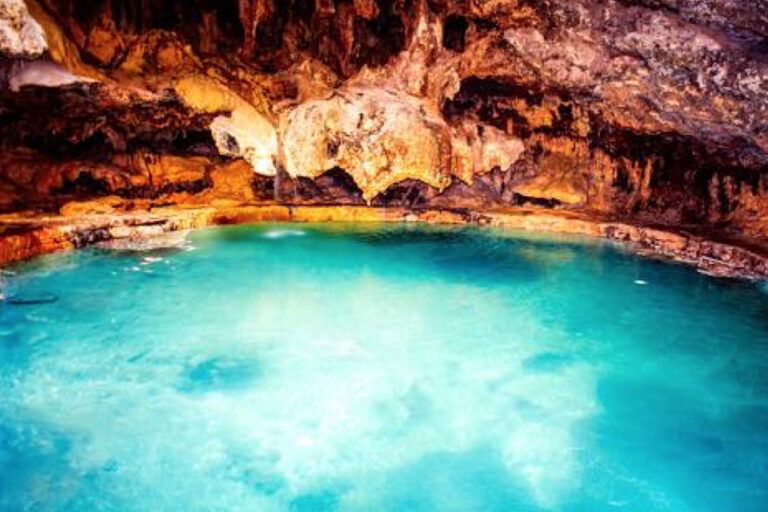
Discover Banff National Park, Canada’s First National Park
By Nerissa McNaughton on September 19, 2024.

A Glimpse into History
Banff's journey began with the discovery of the Cave and Basin Hot Springs in 1883 by Canadian Pacific Railway workers. This discovery prompted the creation of the park to protect the springs, marking the beginning of Canada's national park system. Since then, Banff has grown to encompass over 6,600 square kilometres of mountainous terrain, drawing millions of visitors each year.Why Visit Banff National Park?
Whether you're an adventure seeker or nature lover, Banff offers something for everyone. Its picturesque landscapes provide a perfect backdrop for a myriad of activities, making it a year-round destination. The park’s endless opportunities for exploration and adventure make it a must-visit location for both Canadians and international travellers.Seasonal Activities and Attractions
- Spring: As the snow melts, Banff's trails begin to open up, offering excellent hiking and wildlife viewing opportunities. The blooming wildflowers add a splash of colour to the already stunning scenery.
- Summer: This is the peak season, with visitors flocking to enjoy hiking, mountain biking, and canoeing on the park's pristine lakes. The summer months are ideal for exploring the iconic Lake Louise and Moraine Lake.
- Fall: Known for its vibrant fall foliage, Banff becomes a photographer's paradise. The cooler temperatures also make it a great time for hiking and spotting wildlife as they prepare for winter.
- Winter: Banff transforms into a winter wonderland, perfect for skiing, snowboarding, and ice skating. The Banff and Lake Louise ski resorts offer world-class slopes for winter sports enthusiasts.
Respecting the Natural Environment
Preserving Banff's natural beauty is a top priority. Visitors are encouraged to adhere to park guidelines to minimize their impact on the environment. This includes respecting wildlife rules, staying on designated trails, and practicing Leave No Trace principles. Using recreational drones is prohibited to protect the tranquility of the park.Conservation Efforts and Indigenous Connections
Banff National Park is not only a place of beauty but also a hub for conservation efforts. Parks Canada actively works with Indigenous groups to strengthen connections with traditionally used lands, ensuring that the cultural heritage and ecological integrity of the park are maintained.Planning Your Visit
Banff is accessible year-round, with the Banff Visitor Centre providing helpful resources and guidance for your visit. Whether you’re planning a short getaway or an extended adventure, Banff offers a range of accommodations, from camping under the stars to luxury lodges. Whether you're drawn by the call of the wild or the allure of the mountains, Banff invites you to explore, discover, and respect one of Canada’s most treasured landscapes. As you plan your visit, remember to embrace the spirit of conservation and leave this beautiful place as pristine as you found it. Nerissa McNaughton is a freelance writer and a contributor to Great West Media. This story was written for the Great West Media & Southern Alberta Newspapers Hot Summer Guide advertising feature. The Hot Summer Guide is a special feature about summer activities, bucket list adventures, staycation options, road trips, attractions, events, and road trip-worthy food & beverage destinations across Alberta. It is not written by and does not necessarily reflect the views of the editorial staff. 9-8




